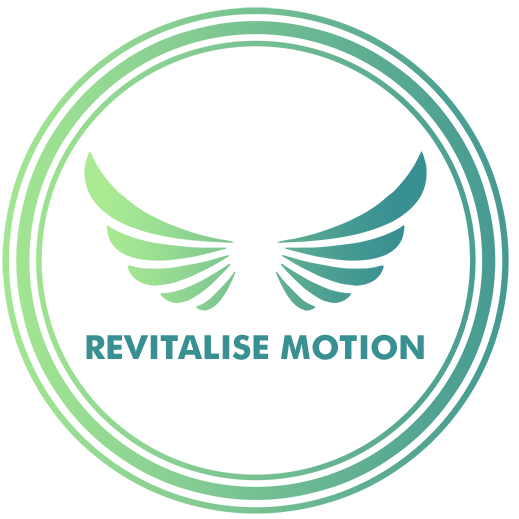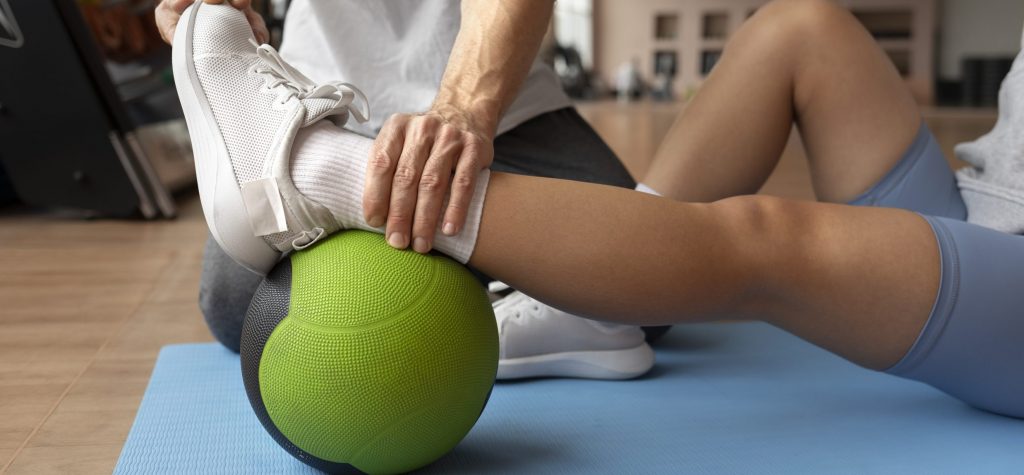Are You Still in Pain Weeks After a Trauma Injury? Let’s Talk Trauma Injury Recovery.
Have you been searching for answers like “why does my ankle still hurt 3 weeks after injury?” Or wondering if “massage therapy for ankle sprain recovery” can actually help?
If you’ve had a sprained ankle, muscle bruising, or joint injury and you’re feeling stuck, frustrated, or uncertain about what to do next, you’re not alone. Lingering pain, stiffness, or the fear of re-injury is something many of my clients face.
This blog will guide you through trauma injury recovery without the guesswork. Whether your injury happened on the pitch, in the gym, or in everyday life, let’s talk about how to heal safely and move confidently again with the right support.
What is a Trauma Injury?
A trauma injury happens when the body experiences sudden force such as a twist, impact or fall that affects muscles, ligaments, joints or bones.
Common Trauma Injuries Include:
• Sprains & Strains: Ligament/Muscle overstretch, tear or repetitive use
• Chronic Pain & Muscle Contusions: Deep bruising from impact / ongoing pain from injury
• Joint injuries: Dislocations or sprains in shoulders, knees, hips
• Fractures: Bones break from sudden force or stress overload
Why Am I Still in Pain After Resting?
Many people ask me:
“I’ve rested… so why does it still hurt?”
Pain is part of your body’s natural protection. But rest alone doesn’t lead to full recovery. Healing requires active, tailored rehab to restore movement and prevent future injury.
Your Trauma Injury Recovery Plan
Step 1: Acute Injury Care (First 48-72 Hours)
• R.I.C.E. Protocol: Rest, Ice, Compression, Elevation
• Pain Relief: Over-the-counter medication (as advised by your GP)
• Gentle Mobility: Begin safe, progressive movement as tolerated
Step 2: Restore Mobility & Reduce Tension
• Stretching & Mobility Drills: For hips, ankles, and shoulders
• Massage Therapy: To ease muscle tension and support circulation
• Balance Training: Helps joints relearn control and stability
💡 Massage therapy for injury recovery is a non-invasive way to reduce swelling, improve circulation and ease muscle tightness. Used alongside rehab, it supports faster, smoother healing.
Step 3: Build Strength & Joint Stability
• Bodyweight & Resistance Exercises: Improve strength without overloading healing tissue
• Proprioception Work: single-leg balances and wobble boards re-train your body’s balance systems
• Joint Stability Training: Essential for ankles, knees, and shoulders
Step 4: Lifestyle Support That Supports Recovery
• Nutrition: Protein and hydration are key to healing
• Sleep Quality: Healing happens during sleep
• Stress Management: Emotional stress can affect your body’s ability to recover
Mistakes That Delay Trauma Injury Recovery
• Returning to sport too soon
• Skipping strength or mobility work
• Relying only on ice or massage
• Ignoring pain signals
When to Seek Professional Help
If you’re still experiencing:
- Pain when walking
- Ongoing stiffness
- Feeling unstable
- Lack of progress after a few weeks
Don’t ” wait it out”. It’s time to get support and not guess your way through healing.
What Are Your Recovery Goals?
Clients often tell me they want to:
• Move without pain or stiffness
• Regain confidence and stability
• Stop second-guessing what’s “safe” to do
If that sounds like you, that’s exactly what a structured injury recovery plan can help with
Real Client Experience
Clients often come to me after rest and frustration.
“Had a few sessions with Alex to help sort my Achilles/ankles injury. Would use again for future injuries.” – ⭐ 5-Star Google Review
This is a great example of how targeted rehab and recovery support, even over just a few sessions can help people regain strength and confidence.
Frequently Asked Questions
Q: How long does trauma injury recovery take?
Mild injuries may heal in a few weeks, while more severe ones can take longer. With the right rehab, recovery is faster and more complete.
Q: Can I exercise during recovery?
Yes, with tailored modifications to keep healing tissue safe. I can help you adapt movement safely.
Q: Is massage therapy helpful?
Yes, Massage supports blood flow, reduces tension, and eases soreness, especially when combined with strength and mobility work.
Final Thoughts
Trauma injury recovery should fit your life, not take it over. With the right plan, guidance and support, you’ll regain strength, confidence, and move pain-free again.
Disclaimer: This guide is intended for educational purposes and is not a substitute for individual medical advice. Always consult with a qualified healthcare provider for medical advice or treatment.


